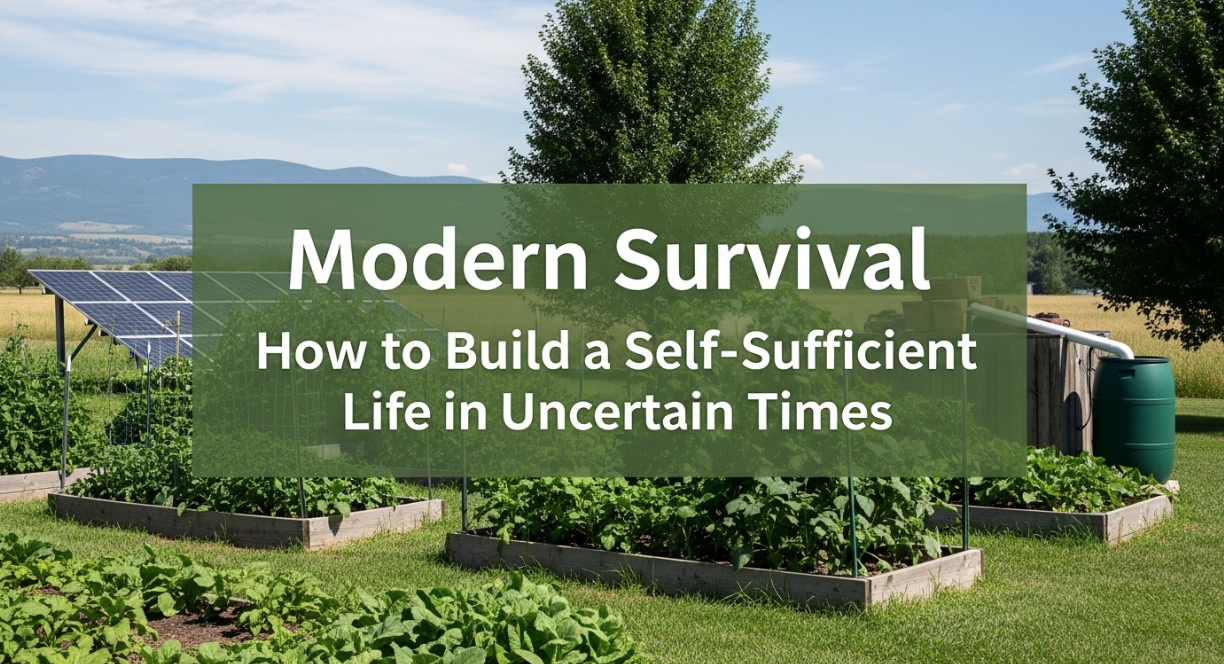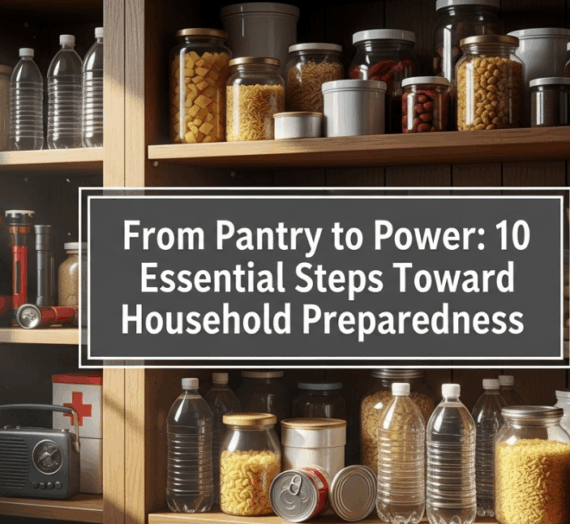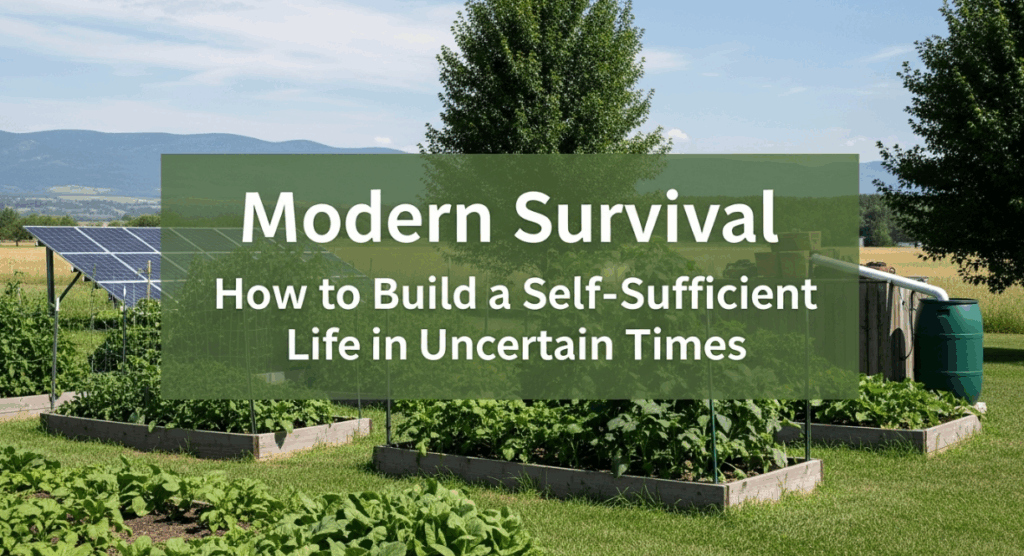
Introduction
In today’s unpredictable world, the concept of modern survival has become more than just a prepper’s ideal it’s a practical lifestyle choice. From global pandemics to economic instability and climate change, self-sufficiency offers individuals and families the confidence and tools to weather uncertainty. Building a self-sufficient life isn’t about living in fear; it’s about creating resilience, independence, and long-term peace of mind. For deeper insights, see modern survival studies.
Why Self-Sufficiency Matters Now More Than Ever
Supply chain disruptions, inflation, natural disasters, and geopolitical conflicts have proven that relying solely on modern infrastructure is risky. Living self-sufficiently empowers you to produce your own food, generate your own power, purify your water, and protect your family in times of crisis. More than that, it promotes sustainability and a deeper connection to the environment. Whether you live in a rural homestead or a city apartment, there are steps everyone can take toward becoming less dependent on external systems. Learn more about sustainability and resilience through self-sufficiency sustainability research.
Common Myths About Self-Sufficient Living
- “You need to live off-grid to be self-sufficient.” While off-grid living is one path, urban and suburban homes can also implement self-sufficiency practices like balcony gardening or rainwater collection.
- “It’s too expensive.” Many self-reliant practices, like composting, repurposing items, and growing food, can actually save you money long-term.
- “It’s only for survivalists or preppers.” Modern self-sufficiency appeals to minimalists, environmentalists, families, and anyone who values independence and sustainability.
Step-by-Step Guide to Building a Self-Sufficient Life
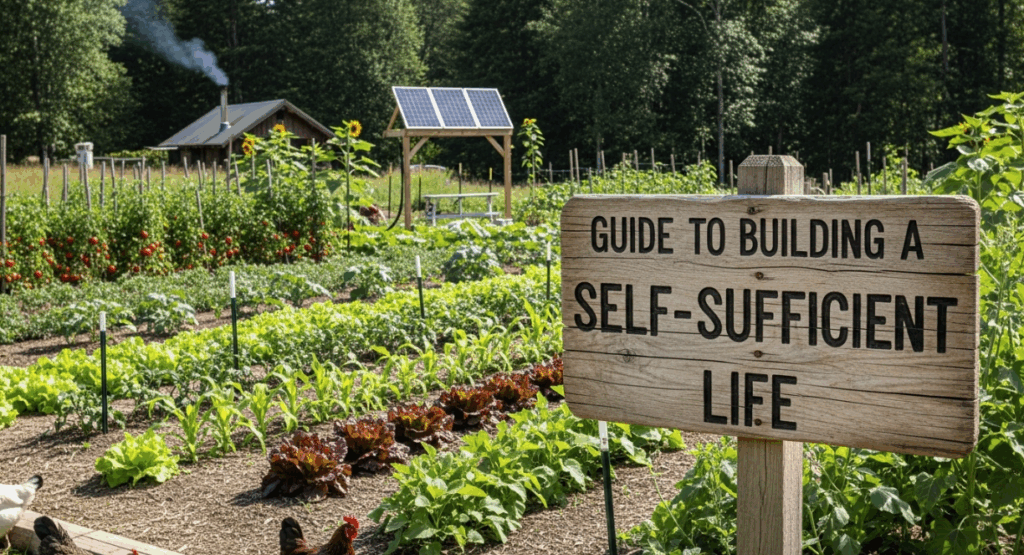



1. Start with Food Independence
Begin by growing what you eat. Even small gardens can produce herbs, leafy greens, and vegetables. Learn food preservation methods like canning, dehydrating, and fermenting to store your harvests and reduce waste. For techniques on preservation, check food preservation methods.
2. Secure Clean Water Sources
Invest in a high-quality water filter and start collecting rainwater for gardening use. If you’re in a rural area, consider digging a well and testing it regularly for contaminants. For water purification studies visit water purification systems research.
3. Reduce Energy Dependence
Solar panels, battery backups, and energy-efficient appliances are smart investments. Even simple changes like using LED lighting or insulating your home properly can lower your grid reliance. More about renewable energy options at renewable energy home solutions.
4. Learn Basic Skills
Knowing how to repair clothing, cook from scratch, treat minor injuries, or build basic structures adds to your resilience. These skills often reduce dependency on commercial services.
5. Create a Home Emergency Plan
Build a communication plan, store essential documents, and establish safety drills. Preparedness gives clarity in moments of crisis.
Tools and Supplies Checklist
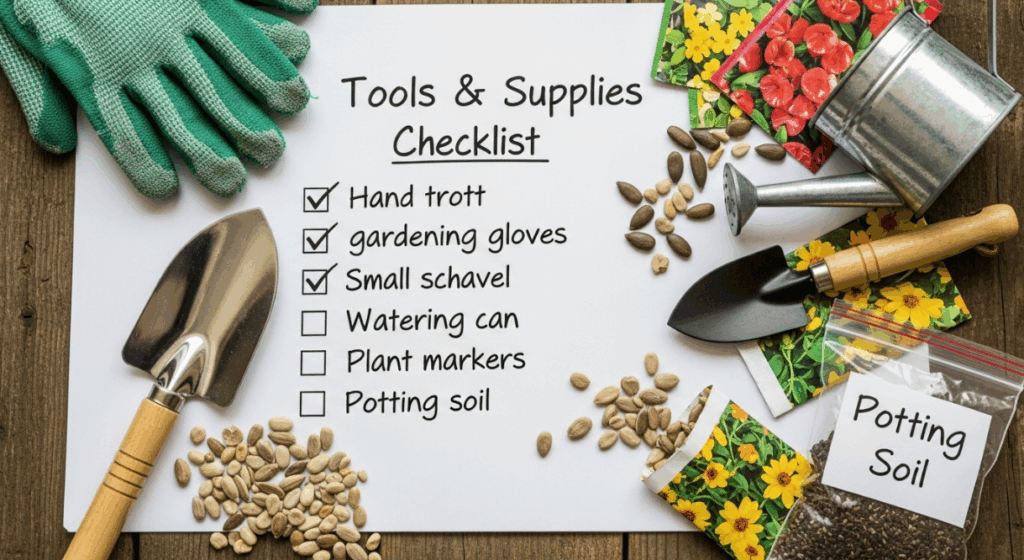
- Water purification system (filters, tablets, or gravity-fed devices)
- Heirloom seeds for growing food
- Manual tools (can opener, hand saw, screwdriver set)
- Solar lanterns and power banks
- First aid kit with natural remedies
- Food storage containers (glass jars, mylar bags, vacuum sealers)
Budget-Friendly Tips
- Start small by growing herbs on your windowsill or balcony.
- Buy tools secondhand or join community sharing groups.
- Learn DIY through free resources like YouTube and local workshops.
- Use barter or local trade networks instead of spending money.
- Focus on multipurpose gear to maximize space and minimize costs.
Real-Life Inspiration: A Family’s Transition

After losing their jobs during the pandemic, the Johnson family in Oregon shifted from a two-income urban lifestyle to a backyard homestead. They now grow 80% of their produce, raise chickens, and sell handmade soap at the local market. While it wasn’t easy, they describe the process as empowering and say their mental and physical health has never been better. Their story proves that self-sufficiency is achievable even during difficult transitions.
Frequently Asked Questions
Do I need land to be self-sufficient?
No. Urban gardening, vertical farming, and container setups make it possible to grow food in small spaces. The key is efficiency, not acreage.
What’s the best way to store food long term?
Use a combination of canning, dehydrating, and vacuum sealing. Store in cool, dry places using airtight containers or mylar bags with oxygen absorbers.
How long does it take to become self-sufficient?
It depends on your goals. Some aspects like reducing food waste or starting a garden can begin immediately, while others like energy independence may take months or years.
Key Takeaways
- Modern survival is about empowerment, not fear.
- Self-sufficiency can be achieved in any setting urban or rural.
- Start with food, water, energy, and skill-building foundations.
- Budget-friendly and incremental steps make the journey sustainable.
- Preparedness brings peace of mind in uncertain times.
Start your journey toward self-sufficiency today whether it’s planting a seed, storing emergency water, or learning a new skill. Share this guide with others ready to build resilience in their own lives. Subscribe to our newsletter for weekly tips on sustainable living, prepping, and modern homesteading. The future may be uncertain, but your preparedness doesn’t have to be.
| Key Areas | Action Steps | Benefits |
|---|---|---|
| Food Independence | Grow your own food; preserve harvests by canning, dehydrating, fermenting | Reduced grocery costs, food security |
| Water Security | Collect rainwater; filter and test water regularly | Safe drinking water, gardening support |
| Energy | Install solar panels; use energy-efficient appliances and LED lighting | Lower energy bills, reduced grid dependence |
| Skills & Preparedness | Learn basic repairs, cooking, first aid; create emergency plans | Increased resilience, peace of mind |
| Budget Strategies | Start small; use secondhand tools; barter and DIY learning | Cost savings, sustainability |
© 2025 Froyo Space Life. All rights reserved. Stay on our website for more insights on thriving in uncertain times.
